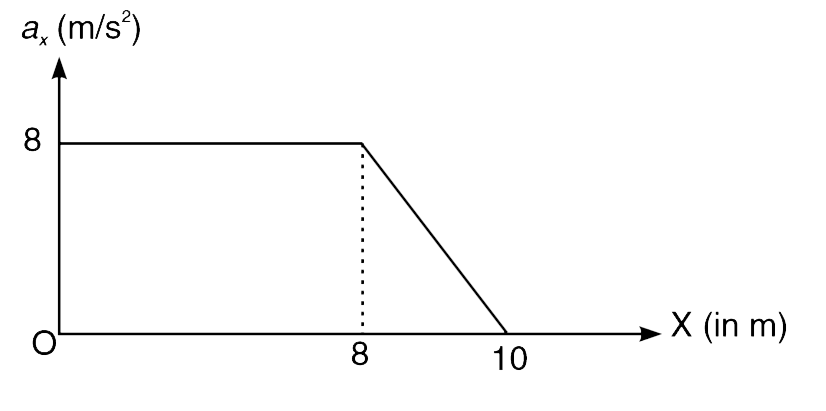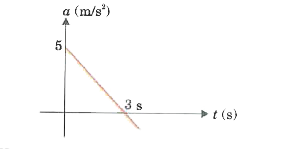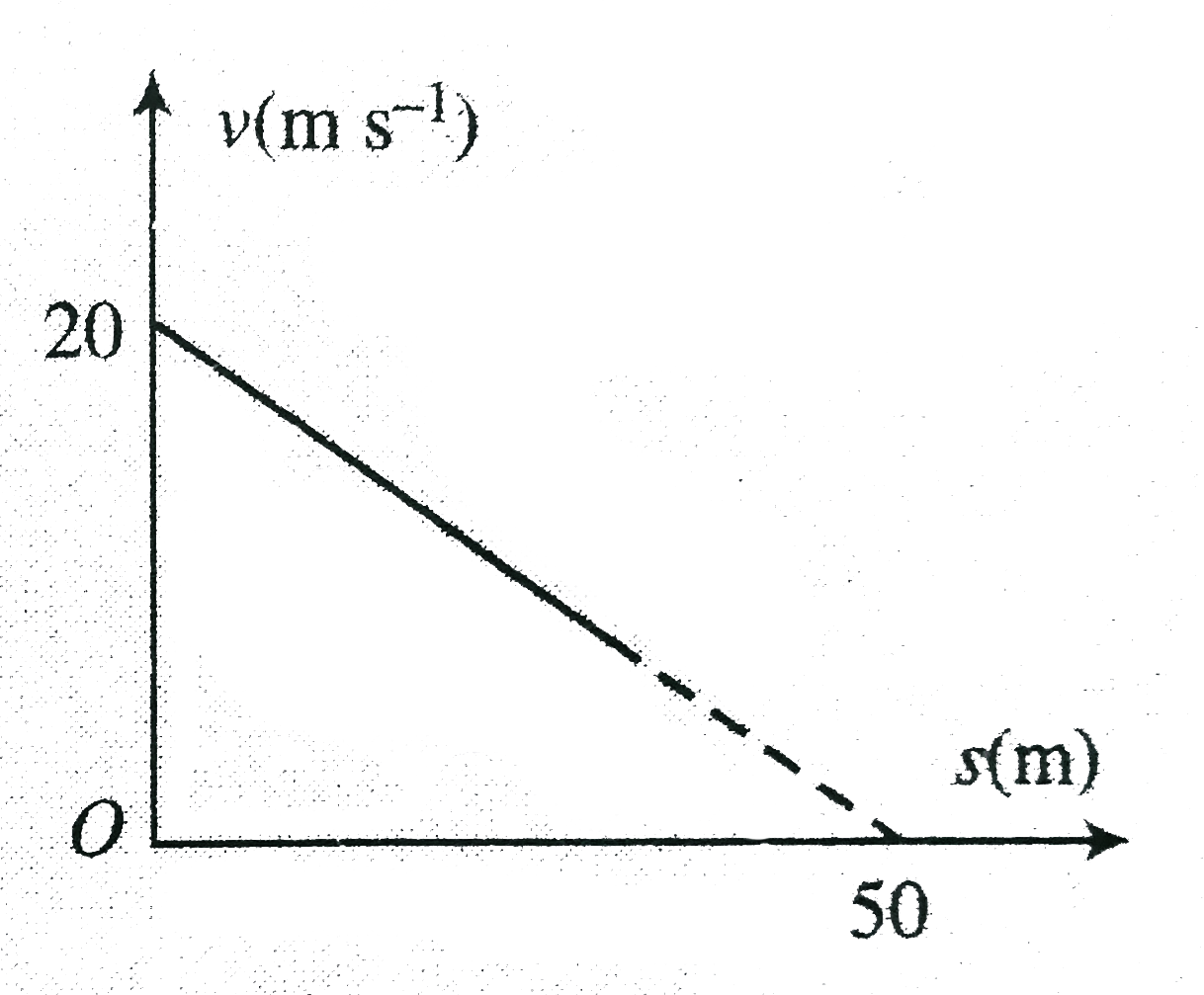Acceleration of a particle changes when
Direction of velocity changes
Magnitude of velocity changes
Both of above
Speed changes
The correct Answer is:C
Because acceleration is vector quantity
→a=→v−→ut
Topper's Solved these Questions
- BOOK - ERRORLESSCHAPTER - MOTION IN ONE DIMENSIONEXERCISE - NCERT BASED QUESTIONS (RELATIVE MOTION )18videos
MOTION IN ONE DIMENSION
- BOOK - ERRORLESSCHAPTER - MOTION IN ONE DIMENSIONEXERCISE - NCERT BASED QUESTIONS (MOTION UNDER GRAVITY )56videos
MOTION IN ONE DIMENSION
- BOOK - ERRORLESSCHAPTER - MOTION IN ONE DIMENSIONEXERCISE - NCERT BASED QUESTIONS (UNIFORM MOTION )24videos
MOTION IN ONE DIMENSION
- BOOK - ERRORLESSCHAPTER - KINETIC THEORY OF GASES EXERCISE - ASSERTION AND REASON16videos
KINETIC THEORY OF GASES
- BOOK - ERRORLESSCHAPTER - MOTION IN TWO DIMENSIONEXERCISE - ASSERTION & REASON19videos
MOTION IN TWO DIMENSION
Similar Questions
A particle moves in straight line. Acceleration of particle changes with velocity as showns in graph:
 View Solution
View SolutionA particle starts from rest (at x=0) when an acceleration is applied to it. The acceleration of the particle changes with its co-ordinate as shown in the fig. Find the speed of the particle at x=10m.
 View Solution
View Solution
Knowledge Check
- Question 1 - Select One or More
Assertion : Acceleration of a moving particle can change its direction without any change in direction of velocity.
Reason : If the direction of change in velocity vector changes, the direction of acceleration vector also changes.AIf the both Assertion and Reason are true and the Reason is correct explanation of the Assertion.BIf both Assertion and Reason are true but Reason is not the correct explanation of Assertion.CIf Assertion is true, but the Reason is false.DIf Assertion is false but the Reason is true. - Question 2 - Select One
Statement I Acceleration of a moving particle can be changed without changing direction of velocity.
Statement n If the direction of velocity changes, so the direction of acceleration also changes.AStatement I is true, Statement II Is true, Statement II Is the correct explanation for Statement I.BStatement I Is true, Statement II is true, Statement II Is not the correct explanation for Statement I.CStatement I Is true, Statement II Is false.DStatement I Is false, Statement II Is true. - Question 3 - Select One or More
Initial velocity and acceleration of a particles are as shown in the figure. Acceleration vector of particle remain constant. Then radius of curvature of path of particle :
 Ais 9m initiallyBis 9√3m initiallyCwill have minimum value of 98mDwill have minimum value 38m
Ais 9m initiallyBis 9√3m initiallyCwill have minimum value of 98mDwill have minimum value 38m
A particle is given an initial velocity of 20m/s. acceleration of the particle changes with time and its variation is shown in the following figure.
 View Solution
View SolutionRefering to v−s diagram, find:
 .
.
a. Acceleration of the particle when its velocity becomes half of the initial velocity.
b. Total distance covered by the particle.View SolutionLet v and a be the instantaneous velocity and acceleration of a particle moving in a plane. Then rate of change of speed dvdt of the particle is equal to
View SolutionA particle executing simple harmonic motion with an amplitude 5 cm and a time period 0.2 s. the velocity and acceleration of the particle when the displacement is 5 cm is
View SolutionAssertion : Acceleration of the particle in uniform circular motion remain constant.
Reason : Velocity of the particle doesn’t change in circular motion.View Solution

